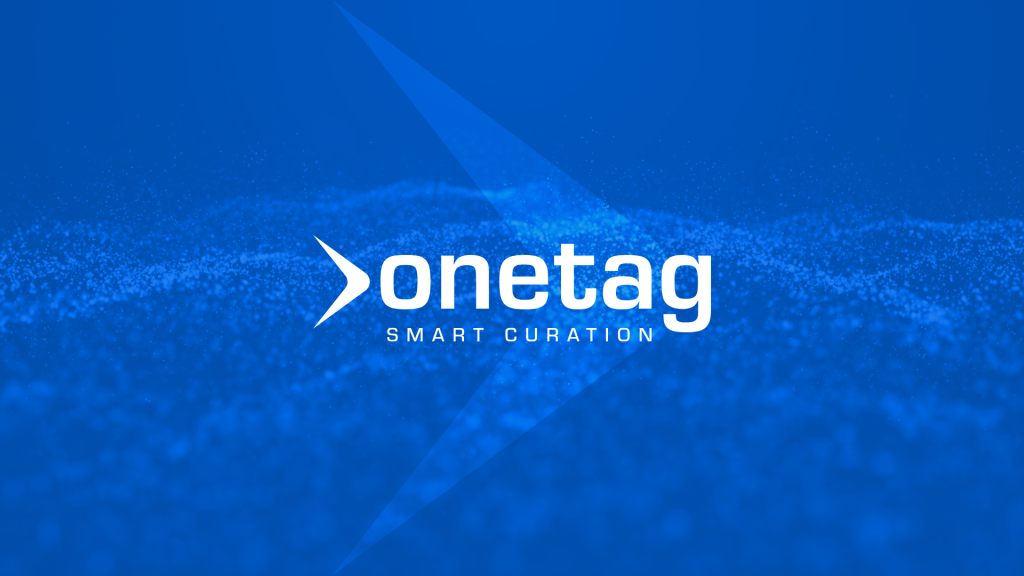By Filippo Gramigna, Co-CEO
As AI technologies evolve, agencies are keeping pace. From building proprietary algorithms to launching large marketing models like WPP’s new Open Intelligence platform, media networks are doubling down on automation, agent-driven insights, and custom tooling for their clients.
But as planning, targeting, and creative become increasingly driven by AI, one thing is clear: it’s time for the programmatic ecosystem to enter a new era of collaboration.
Here are three areas where agencies and ad tech can work together to succeed.
1. Infrastructure that powers efficiency
Behind every AI-enhanced campaign is a set of technical dependencies that determine how well its rollout will run. These include high-quality inventory access, bid request latency, and protocols that surface and filter impressions.
Even if these things aren’t typically visible in a media plan, they matter, especially when you’re trying to achieve outcomes.
As agencies lean into AI to automate media strategy and provide smarter insights to clients, ad tech collaboration will ensure they achieve not just scale, but curated, signal-rich supply paths. That means partnering with global exchange and smart curation platforms whose sell-side decisioning infrastructure can evaluate every impression in real time, assign quality scores, and filter out irrelevant or low-performing supply before it reaches their DSP of choice.
Infrastructure is important, but only if it powers efficiency.
Here’s where ad tech still plays a critical role. At Onetag, for instance, we’ve built the most efficient cloud infrastructure in programmatic, making us consistently 2x–10x more efficient at data processing than our competitors. That efficiency allows us to do what others can’t: participate in more auctions, offload processing from the DSP, and optimize impressions at the placement level based on actual buyer KPIs, instead of what’s simply been bought in the past.
2. Shared workflows that are accessible and curated
It’s a major undertaking to engineer real-time traffic shaping infrastructure. And that’s to say nothing of the years of investment required to develop and train advanced AI models built on metadata from global publisher exchanges.
While overwhelming, these operational details can’t be entirely ignored given the things agencies do care about: campaign performance, planning accuracy, cleaner supply paths, and faster client ROI.
But infrastructure can only power strategy if it’s accessible.
Today, too many programmatic deals are still static, pre-defined packages that can’t adapt. Agencies are demanding more. They need curated deal IDs that learn from campaign performance, update in real time, and optimize against the full array of data signals for media quality, attention, and performance outcomes.
That’s why the next wave of collaboration between agencies and ad tech will look less like waterfall integrations and more like shared workflows. Agencies will bring their data, models, and objectives, while vertically-integrated global exchanges will bring the curated pipes, performance tooling, smart infrastructure, and agentic AI to support those goals with quality at scale.
At Onetag, we actively support this collaboration with our open and interoperable approach. It blends proprietary placement-level and semantic metadata with the array of industry-leading deterministic and probabilistic signals, further enriching the quality and performance of curated impressions in dynamic deals.
3. AI-driven ad tech partnerships that enable growth
As AI becomes more embedded in agency culture from planning to post-buy analysis, the role of ad tech won’t be to compete, but to enable. This will demand collaboration between agencies, DSPs, and sell-side curation platforms to ensure that sell-side decisioning:
- Reduces bidstream bloat by filtering irrelevant impressions before they hit the DSP – and so that AI models won’t learn from noise
- Assigns real-time quality scores to every impression based on predicted performance, then delivers only the impressions most likely to perform
- Reduces duplicate auctions and pricing confusion caused by header bidding
- Makes clean, optimized supply available with low overhead
- Supports outcome-driven planning through curation, not clutter
Onetag is already making this a reality. Agencies use our platform to create deal IDs that dynamically re-optimize to tailored KPIs. Real-time traffic shaping means smarter deals learn faster and deliver quicker, better campaign outcomes versus simply packaging supply on a static basis.
Similarly, the best thing platforms can do for agencies in the AI era isn’t to offer them another clunky dashboard. It’s to remove the operational complexity and waste that stands between insight and action. That way, agencies can reinvent themselves without rebuilding the machine behind the scenes.
That’s still ad tech’s job. And if we get the infrastructure right, it’s a job we can do together.
Originally Published on: LinkedIn



